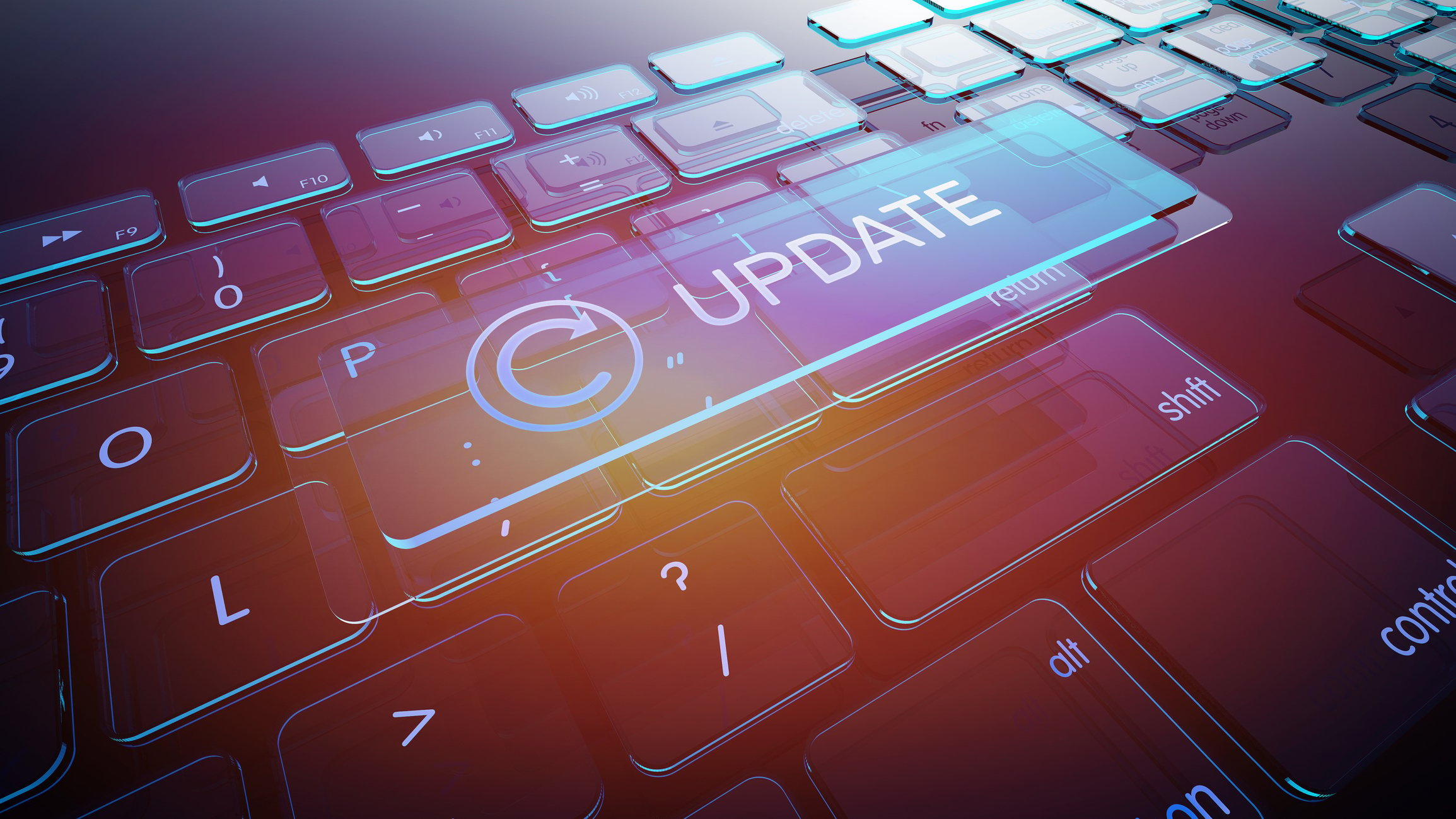
Believe it or not, January 2020 is just around the corner. And if you operate some of the estimated 3.5 million ATMs running on Windows 7, that date is a big deal. While at first blush, the migration seems straightforward, there are a number of considerations that need to be addressed to help make the transition of your fleet a successful one.
Whether your planning is underway or your organization hasn't even picked up its pencils yet, use this article to help refine your Windows 10 migration plans.
Why Should You Upgrade?
On January 14, 2020, Microsoft will no longer support Windows 7, which means that Microsoft will no longer make patches, provide technical support, or distribute security upgrades available for ATMs running that operating system. No longer having support can impact your organization’s compliance status, your overall security posture, and functionality options.
In particular, this change affects:
-
Compliancy: Once Windows 7 support comes to an end, your ATMs running Windows 7 will no longer be PCI DSS compliant and your institution could face penalties.
-
Security: If you are no longer receiving supported Windows 7 patches, you may be putting your ATMs at risk for cyberattacks. Windows 10 has increased security tools and architecture built in.
-
Functionality: Windows 10 allows ATMs to offer users advanced functionality, features that enhance the overall customer experience.
Why Start Now?
Burroughs estimates that the migration to Windows 10 can take about 18 months. Your organization can continue running Windows 7 until all of your ATM fleet has fully migrated to Windows 10 without incurring any additional upgrade or support fees.
This timeline is also recommended by Microsoft, which "strongly recommends that you move to Windows 10 sometime before January 2020 to avoid a situation where you need service or support that is no longer available." As a third data point, the ATMIA CEO Mike Lee suggests that ATM operators require 12-15 months to migrate.
These time ranges account for the time it takes to plan, test, develop, and approve budgets, deploy the upgrade, ensure compliance, train, and even market the changes to customers.
How Can You Approach the Migration?
Assessment
Begin with site surveys to assess your fleet and start working with your vendors to determine their roles. In some cases, site visits may not be needed, but in other cases, they are the best way to ensure your machines can migrate to Windows 10 and to determine the necessary hardware and software components each ATM will need to be upgraded. Factors include the make and model of the equipment, the status and health of the internal technical components, and their compatibility with Windows 10.
Planning and Budgeting
How you want to approach your Windows 10 migration—including a geographic or otherwise phased approach—will be up to you. Either way, once you receive the results of your fleet assessment, you should begin looking at the staff, vendor, and equipment costs to complete the upgrade and begin obtaining the necessary approvals.
Considerations here include if either an upgrade or replacement fits your needs, how any third-party software or tools may be affected, and how any vendor agreements could be impacted by any changes.
Implementation
In this stage, your project managers and sponsors will begin to execute the plan and monitor progress against the budget and schedule, watching for any potential risks or issues. Account managers at Burroughs can also work with your team on the ground to help ensure a smooth rollout as technicians move from site to site.
What Else Can Be Done to Prepare?
This is a great time to consider the logistical, operational, and customer side of the migration. Other key questions that can be considered early include:
-
Who will sponsor the project from the executive team to help make resources available and make decisions?
-
What timeline considerations need to be included and coordinated with other groups?
-
What other features or new experiences do you want your customers to have?
-
Which OEM can provide the best technology and functionality for your customers and your business?
Next Steps
The conversion to Windows 10 is certainly a big undertaking, but the most important step is the first one. Whether your organization already has a plan laid out or you don’t know where to start, Burroughs has the experience to help your institution overcome this technical challenge and to also see it as a milestone in your organization’s relationship with your customers.


